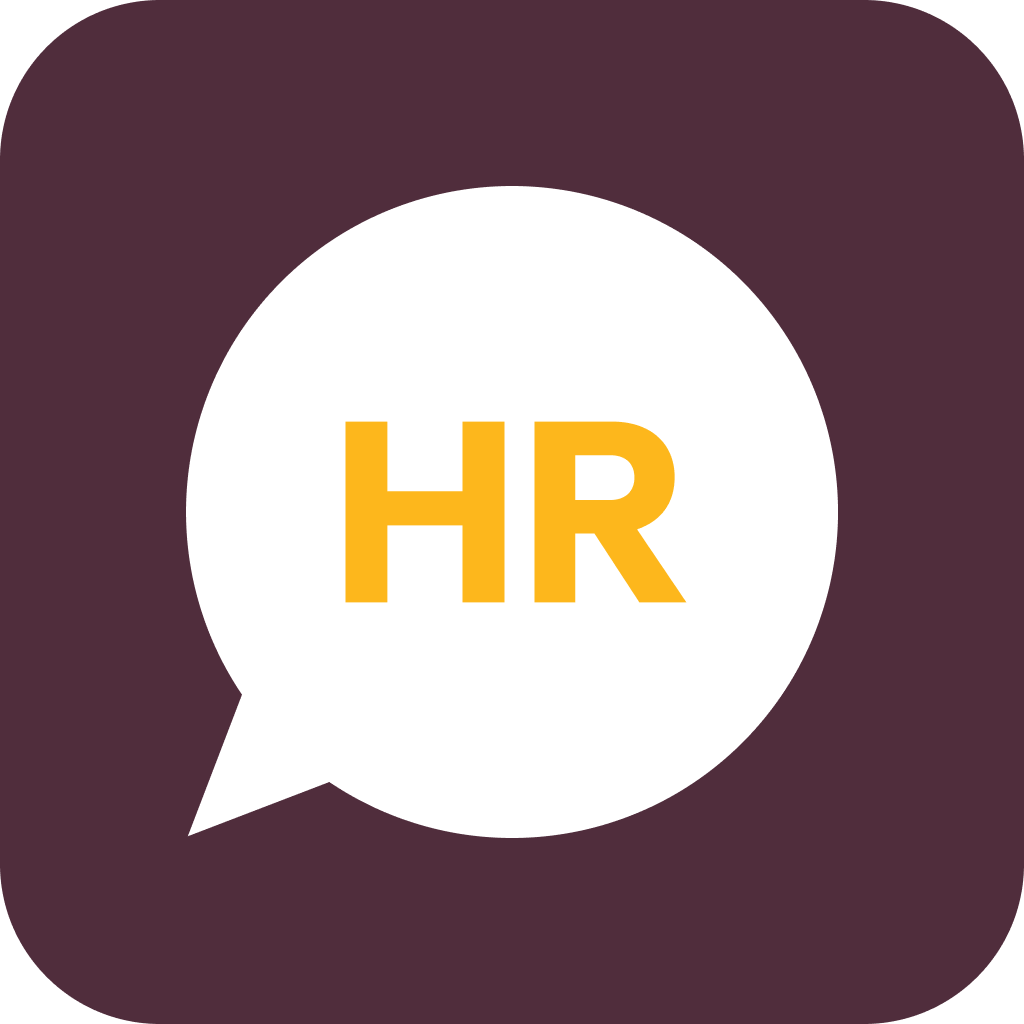Remote work refers to a work arrangement where employees perform their job duties from a location outside of the traditional office environment, often from home or other flexible locations, using digital communication and collaboration tools. This setup allows for greater flexibility and can enhance work-life balance.
Types of remote work
Remote work comes in many different forms, each with its own characteristics and requirements. Here are some common types of remote positions:
- Fully remote: Employees work entirely from locations outside the traditional office, such as their homes, coworking spaces, or other locations of their choice.
- Temporarily remote: Employees work remotely for a limited period, often due to specific circumstances like a temporary relocation, health concerns, or a short-term project requirement.
- Partially remote: Employees split their time between working remotely and working from the office. This setup allows for flexibility while maintaining some in-office presence.
- Remote-friendly: Companies that offer remote-friendly positions allow some degree of remote work but may still expect employees to be in the office occasionally for meetings, collaborative work, or team-building activities.
- Remote-first: These companies prioritize remote work and have structured their operations and culture around the assumption that most or all employees will work remotely.
Remote vs. work from home (WFH)
A remote position can involve working from any location outside the office, whereas a work from home job specifically means the employee works from their residence. While both offer flexibility, remote work can include various workspaces, such as cafes, coworking spaces, or any place with an internet connection.
Remote vs. telecommuting
Telecommuting, or telework, often refers to working from home but with the expectation of being within a certain distance from the office for occasional in-person meetings. Remote work, however, doesn’t necessarily require proximity to the office and can be done from virtually anywhere.
Remote vs. distributed
A distributed workforce means the company has employees working in various locations, possibly around the globe, without a central office. Remote work can be part of a distributed model, but a company can also have a single office with some employees working remotely.
Remote vs. flex
Flexible work arrangements, or flex work, allow employees to choose their work hours or location. Remote work is one type of flexible arrangement, but flex work can also include varied work hours or a mix of remote and in-office work.
Remote vs. hybrid
Hybrid work combines remote work and in-office work. Employees spend part of their time working from home or other remote locations and part of their time working in the office.
Remote vs. digital nomad
Digital nomads work remotely while traveling. Unlike typical remote workers who might work from a fixed location outside the office, digital nomads frequently change their work environment as they move from place to place.
What types of jobs are often remote?
Many job roles can be performed remotely, spanning various industries and levels of experience. Common remote positions include:
- Full-time and part-time: Both full-time and part-time positions can be remote, offering flexibility for different work schedules and availability.
- Entry level and experienced roles: Job seekers with varying levels of experience can often find remote roles that suit their qualifications.
- Businesses of all sizes: Especially since the COVID-19 pandemic, remote work has become more common for organizations of all sizes and across industries (whereas before, it was much more common in the startup world).
Job roles that are commonly remote include:
- Software engineering (from frontend to backend to full-stack)
- Project management
- Social media management
- Product management
- Account management
- Customer support
- Data entry
- Digital marketing
- Design jobs
- Human resources
- Healthcare
For remote workers seeking new jobs, the opportunities are diverse and growing all the time—all around the world.
Where do workers find remote jobs?
There are many platforms and resources for listing and searching for remote jobs. For example, some of the most popular online job boards, like LinkedIn, Indeed, and Glassdoor, allow users to filter job postings by remote roles—or even set up job alerts for remote positions that match their qualifications.
There are also remote-specific resources, like Remote.co and FlexJobs.
However, because remote jobs are in high demand, it’s always important to look out for job scams and avoid offers that seem too good to be true.
Benefits of remote work for employees
Working remotely offers employees many advantages, including:
- Flexibility: Remote work offers employees significantly more flexibility in their work hours, allowing them to work during their peak productivity times and manage personal appointments and errands more easily.
- Less stress: Without having to work in an office, employees can often reduce their stress levels by choosing quieter work environments, eliminating commute times, eating healthier meals, and exposing themselves to illnesses less frequently.
- More autonomy: Remote work gives employees more control over their work processes and methods, which can lead to a greater sense of ownership and responsibility.
- Freedom: Remote work allows employees to choose their own work environment, giving them the freedom to travel or relocate without changing jobs. This means they can live in more affordable or desirable locations.
- Work-life balance: Remote work gives employees more time for their families, hobbies, and self-care, which promotes better work-life balance.
Benefits of remote work for employers
Remote work also offers benefits for employers:
- Broader recruitment: When employing remote workers, businesses can recruit from a broader talent pool. This enables them to attract diverse candidates from different geographic locations and fill roles more quickly.
- Employee satisfaction: Employee satisfaction tends to be higher with remote work options, leading to lower turnover rates and a more engaged and motivated workforce.
- Scalability: When businesses can hire temporary or part-time workers from anywhere in the world, it becomes easier to adjust the workforce size based on project needs, which allows them to quickly scale their workforce.
- Lower costs: When your workforce is remote, it reduces overhead business costs by eliminating expenses for office space, utilities, maintenance, and elocation expenses for new hires.
Challenges of remote work
While remote work has many benefits, it does come with challenges.
- Communication barriers: Communication barriers can arise without in-person interaction, which means it’s essential for remote teams to use effective digital communication tools, like messaging platforms, video conferencing, and project management software.
- Team cohesion: Maintaining team cohesion can be a challenge without in-person collaboration—especially if different time zones get in the way. Having a thorough onboarding process for new team members, scheduling perioding on-sites, and collaborating remotely when possible can all help team members feel embedded, even when working together from afar.
- Performance monitoring: Monitoring performance is another hurdle. Having clear metrics and regular check-ins can help keep productivity on track.
- Legal and compliance issues: Navigating legal and compliance issues across jurisdictions, including adhering to different labor laws and tax regulations, adds complexity to managing a remote workforce. It’s up to employers to stay on top of changing regulations and manage compliance—but tools like a Professional Employer Organization (PEO) or payroll software with compliance support can help.
Rippling and its affiliates do not provide tax, accounting, or legal advice. This material has been prepared for informational purposes only, and is not intended to provide, and should not be relied on for, tax, legal, or accounting advice. You should consult your own tax, legal, and accounting advisors before engaging in any related activities or transactions.








































































